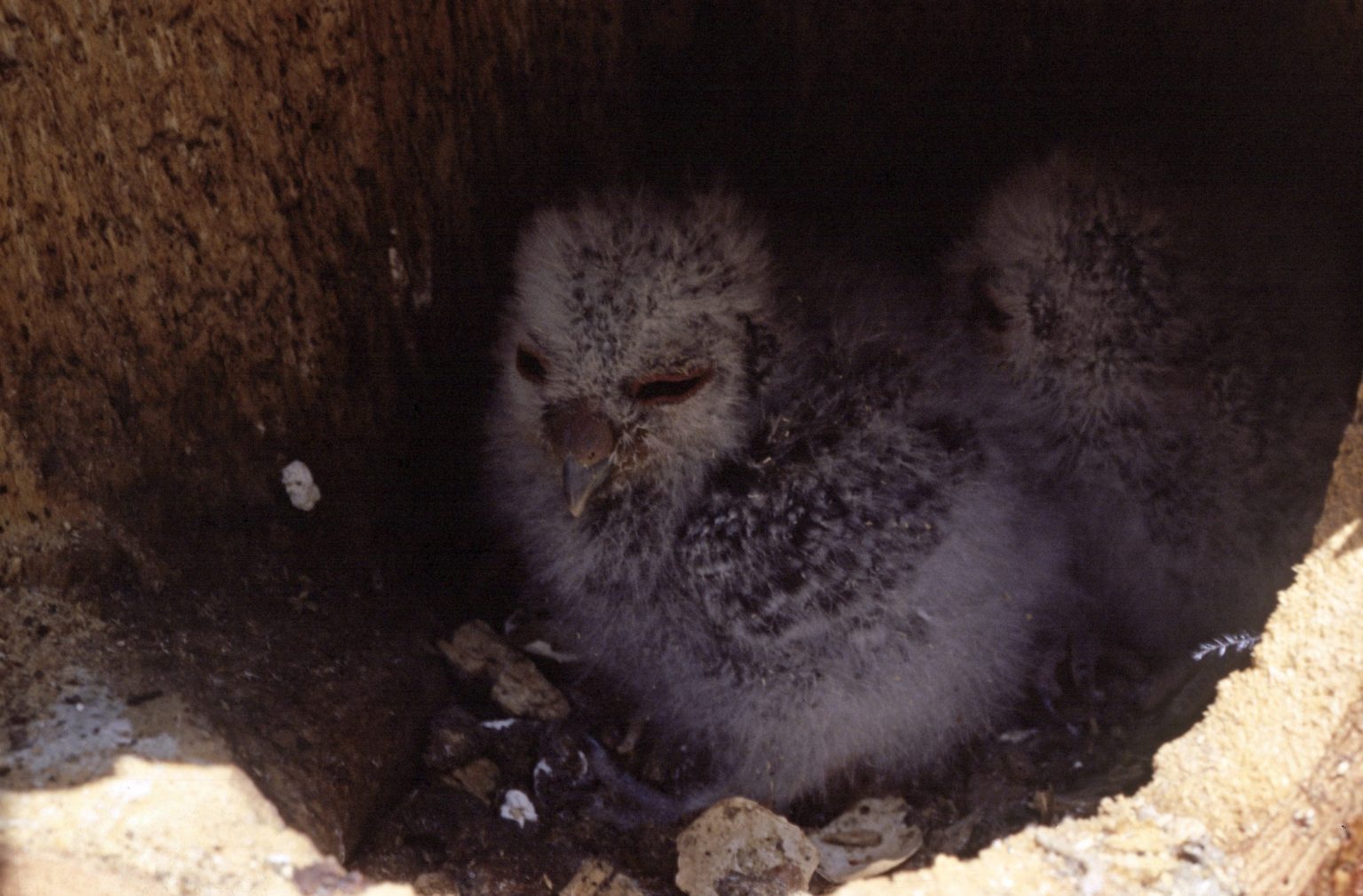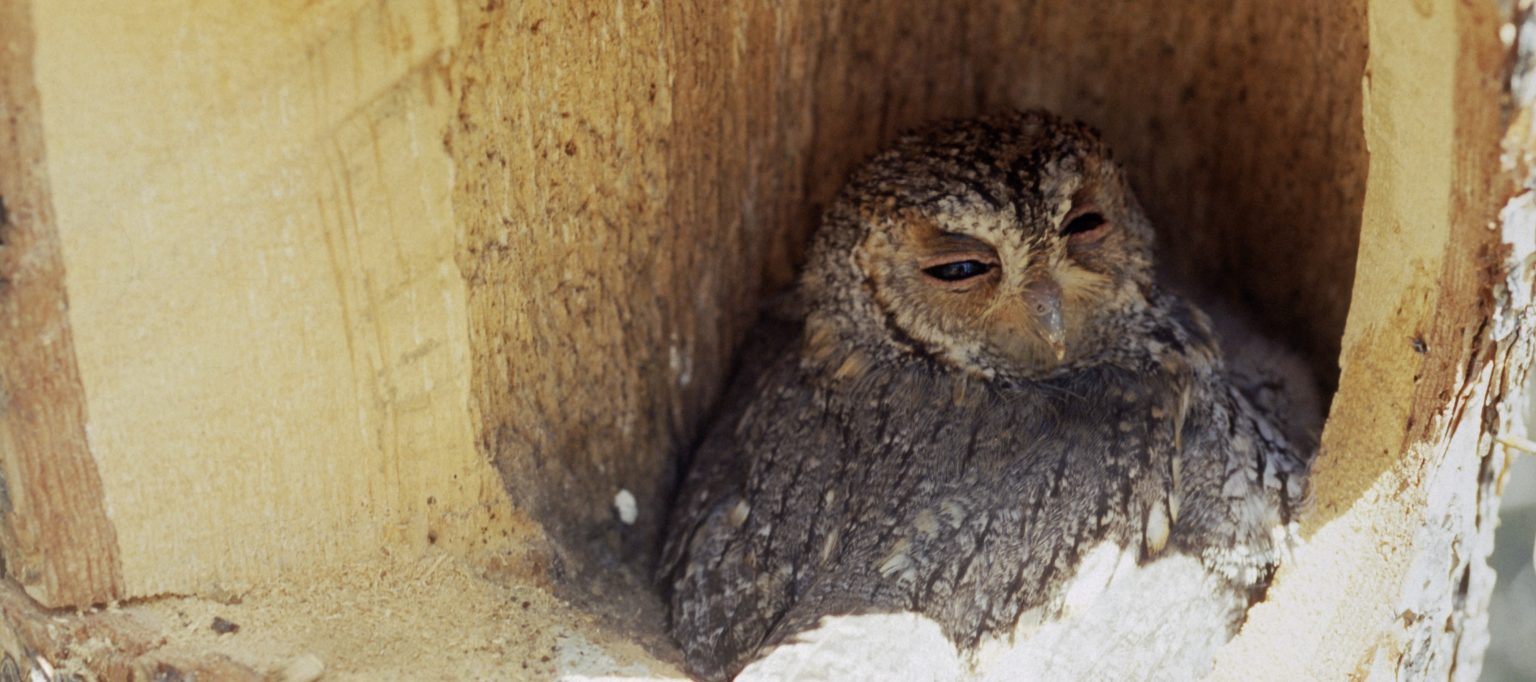I came across an article called Owls — Not Quite as Clever as We Think and after the post about AI generated images and today's is it real or isn't it pic of the Northern Lights , I felt now was the right time to share this article and see some of your opinions on the matter. I feels it's a good conversation starter on where video and camera magic ends vs what we would consider unreal, like the infamous Disney documentary on lemmings.
I'll share a few bits from the article, as you should go to the source for this one. It has some good stories and a lot of accompanying pictures.
From Owls -Not Quite as Clever as We Think, by Steven Bolwell
Here's a bit about why this article intrigued me:
Wildlife film-makers rarely admit to deception, but we all have to own up to the realities of what is possible in a world that is rapidly disappearing. I don’t think it matters one hoot whether an owl exits a real window, or a fake one, because nothing about the bird’s behaviour changes. Nobody questions an edit in a natural history film, because if an audience wanted to experience natural events in real-time they’d be waiting for days. However, as soon as you tighten up the progress of events the result is a story; and the real problem with telling a story is the disappointment of the viewer should they discover the deception.
I also enjoyed this guy does not appear to be a big fan of owls to start with, and many of his experiences show when he relied on them for his income, the owls could be less than cooperative.
I am aware that most owl enthusiasts would be singing the praises of experiencing such wonderful birds first hand, but I couldn’t wait to see the back of them. They whole thing had been a time consuming failure. I’d been unintentionally mislead about what these owls would do, and was a long way past the point where I was going to train them to fly through my phoney window. They were the wrong birds for the job and never again did I make such an expensive mistake.
And here is the story why our Flammulated Owl is not happy with the author and his crew:
A few years later I found myself in the high mountain woodlands of New Mexico filming the small nocturnal flammulated owl. It was a surprise when the scientist working with the birds told me he could chainsaw out the back of the tree they were nesting in and they would remain entirely undisturbed. If you needed to observe or weight young birds this was perhaps an effective way of doing it, but I was sceptical. Chainsawing a tree before the owls started nesting seemed a better option, but how many trees would you need to cut into to guarantee a nest being present later in the year? Predicting such events is very hit and miss.
The filming occurred more than 35 years ago when a great many species were far less threatened than they are today; but even back then if I hadn’t been confident about what I was doing, I wouldn’t have been filming; and in this case, certainly not without the supervision of a scientific advisor who had been working closely with the birds. I haven’t named him because many will consider this kind of intrusiveness unacceptable; but as none of his birds ever seemed disturbed and the information gleaned went into conserving the species, I didn’t have a problem with it. Nevertheless, I am not sure we need to see every wild bird on the nest just for a television programme, although there is no doubt that this kind of media exposure is the best way to get a general audience informed and proactive in conservation… But don’t try this at home… you might lose an eye! The alternative is to film captive birds on sets and there are many people who are equally disturbed by this alternative dishonesty.
I hope this is enough to get you to check out the full article with either the above or below links, and I encourage you to come back and share your opinions. I feel this article is coming from a much more neutral point of view than is typical for this type of discussion.
As a bonus for scrolling this far, here are the baby Flammies from the chainsaw accessed nest:


Heck yeah, Flammy Friday 💪 I'm interested to learn that our little buddy was so chill about his home being invaded for research and photography.
Tl;dr for those who didn't read the article - the chainsawed out parts of the tree could be placed back over the nest like a lid when visiting time was done, and filming/botherance was kept to 20 mins max each night.
Honestly quite respectful for someone who reads as being so burned out as this guy. He seems quite cynical (even calling out his wife's choice of inferior camera lens for a picture she seemed excited about? My dude.)
The debate on wild pics vs. staged pics (personally I wouldn't use the term "fake" because it's not like they're using animatronic birds) reminds me a lot of the debate about using "false color" photos in astronomy.
Almost none of the astronomical structures you see published from the fancy telescopes would look anything like that if you were in a spaceship up close. Because decisions have to be made about things like how to present wavelengths of light that can't be seen by humans, but are present in the telescope data. So there a certain amount of actual artistry that goes into producing the final published photos.
I'm happy for the artifice as long as it's done with careful consideration specifically to achieve science communication and education. I think staging photos and videos of animals that would be intrusive or impossible to capture in the wild falls within the same realm of art performed in service of education and I'm ok with it.
You've reminded me I forgot to share the controversy with the aurora photo!
Usually when I come across amazing shots there will be people challenging them on this and that, but I felt the challengers may have been right in this instance.
Someone asked how the owl was lit, and he said he had used a flash. Flash photography of owls is a debated subject, and here is a brief Audubon article about it.
That admission led to the further accusations that this photographer purposefully set up a camera too close to this nest (I'm not sure the effective range of a flash at night) and blasted this bird with light as it was flying back towards its tree, which is not the safest thing for an owl. It sounds much like if someone would shine a light in your face while trying to park a car.
The other claims were that this was a composite image, which looking at it again, seems likely. The photography people, much like what you said, said to photograph the aurora takes a long exposure, and to get the owl is a fast exposure. The photographer did not mention before or after if it was a composite or not.
Here's the pic in question for anyone just joining in: